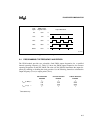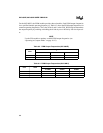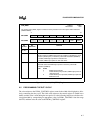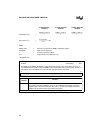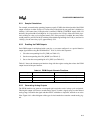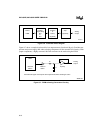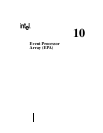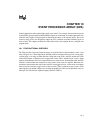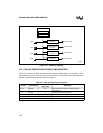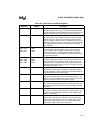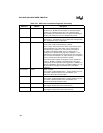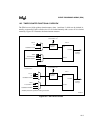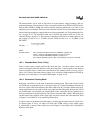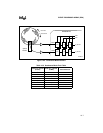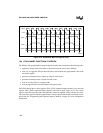
10-1
CHAPTER 10
EVENT PROCESSOR ARRAY (EPA)
Control applications often require high-speed event control. For example, the controller may need
to periodically generate pulse-width modulated outputs or an interrupt. In another application, the
controller may monitor an input signal to determine the status of an external device. The event
processor array (EPA) was designed to reduce the CPU overhead associated with these types of
event control. This chapter describes the EPA and its timers and explains how to configure and
program them.
10.1 EPA FUNCTIONAL OVERVIEW
The EPA performs input and output functions associated with two timer/counters, timer 1 and
timer 2 (Figure 10-1). In the input mode, the EPA monitors an input pin for an event: a rising edge,
a falling edge, or an edge in either direction. When the event occurs, the EPA records the value
of the timer/counter, so that the event is tagged with a time. This is called an input capture. Input
captures are buffered to allow two captures before an overrun occurs. In the output mode, the EPA
monitors a timer/counter and compares its value with a value stored in a register. When the tim-
er/counter value matches the stored value, the EPA can trigger an event: a timer reset or an output
event (set a pin, clear a pin, toggle a pin, or take no action). This is called an output compare. Each
input capture or an output compare sets an interrupt pending bit. This bit can optionally cause an
interrupt. The EPA has four capture/compare channels, EPA3:0.



